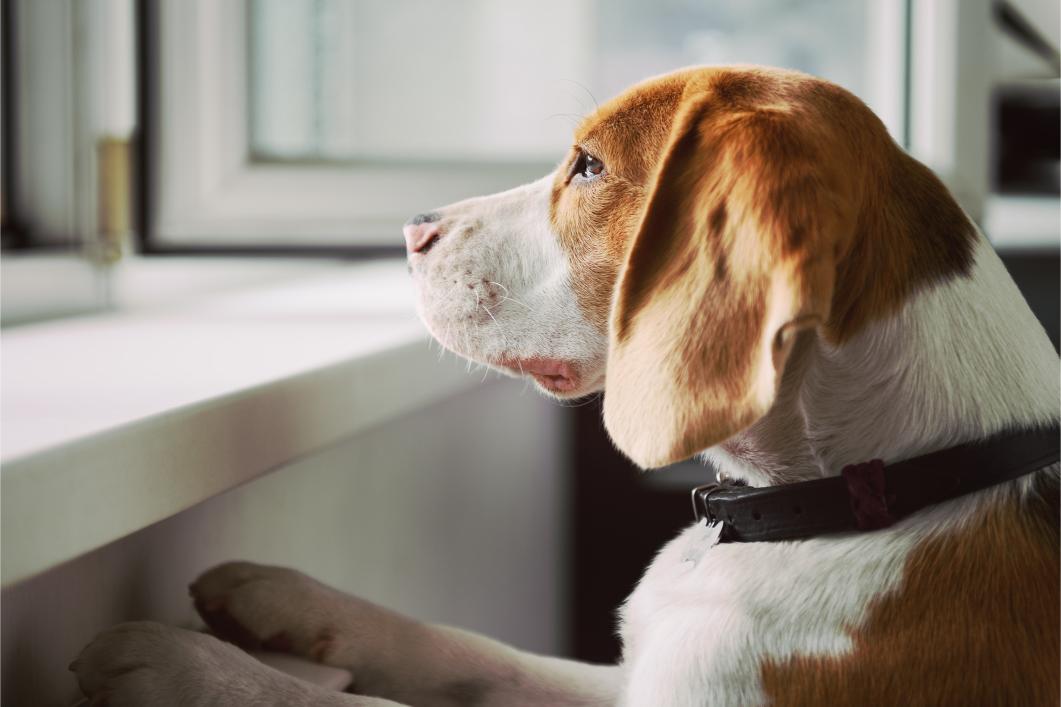How to Deal with Separation Anxiety in Pets

Despite the amount of American pets with anxiety, the source of symptoms isn’t always clear. Noise, lack of training or socialization, or poor impulse control contribute to their emotional states, but many cases of pet anxiety start when left alone. Separation anxiety in pets is a real struggle, and we’re here to prevent problems from developing.
Sensitive and Then Some
With more than 70% of all pets suffering from anxiety, it’s not always straightforward to understand the source of their symptoms. Thunder, fireworks, or construction noises can make pets react in uncharacteristic ways, but fear of strangers, public places, heights, and walking on different surfaces or textures can initiate a tailspin.
Regardless of Age
All pets can struggle with an owner’s departure and/or prolonged solitude. Senior pets may experience hearing or vision loss, incontinence, and pain that leads to anxiety. Younger pets still learning how to safely spend time alone may exhibit problematic behaviors connected with separation anxiety, including:
- Urinating inside the home
- Destructiveness
- Chewing
- Scratching at doors, window trim, and furniture
- Escape attempts
- Aggression
- Fear
- Withdrawl or hiding
- Repetitive vocalization
- Excessive panting or drooling
Left alone, symptoms of pet separation anxiety can get worse and even develop into a phobia.
Getting Involved
Pet owners can mitigate symptoms of pet anxiety through exercise. Remember, a tired pet is often a happier one. Give them an opportunity every day to wear themselves out before you leave them alone. As soon as you arrive home, stay as calm and neutral as possible. Acting overly enthused about seeing your pet can reinforce their fears of parting from you.
Give them a chance to play and blow off steam when you get home, as well several times before bed.
Hello, Goodbye
Knowing exactly what triggers your pet’s anxiety, such as picking up keys or putting on shoes, can help you calm them down. Try this:
- Give them loads of praise and healthy treats while practicing leaving the house.
- Say goodbye to them and wait outside the front door.
- Once their barking or whining subsides, enter the house and give them a treat.
- Repeat until they no longer make noise when you say goodbye.
Other tactics include:
- Pet-proof the home so you know your pet cannot endanger themselves or ruin your personal property
- Crate train your pet so they feel safe in your absence
- Invest in calming pheromone products
- Keep up the same routine every single day; know that variations in routine can trigger feelings of fear and stress
- Work with a professional trainer
Our team at East Sacramento Veterinary Center is always here to help address symptoms of pet anxiety. If symptoms persist we can work on prescribing a medication that works for your pet. Please call us at (916) 737-5670.
